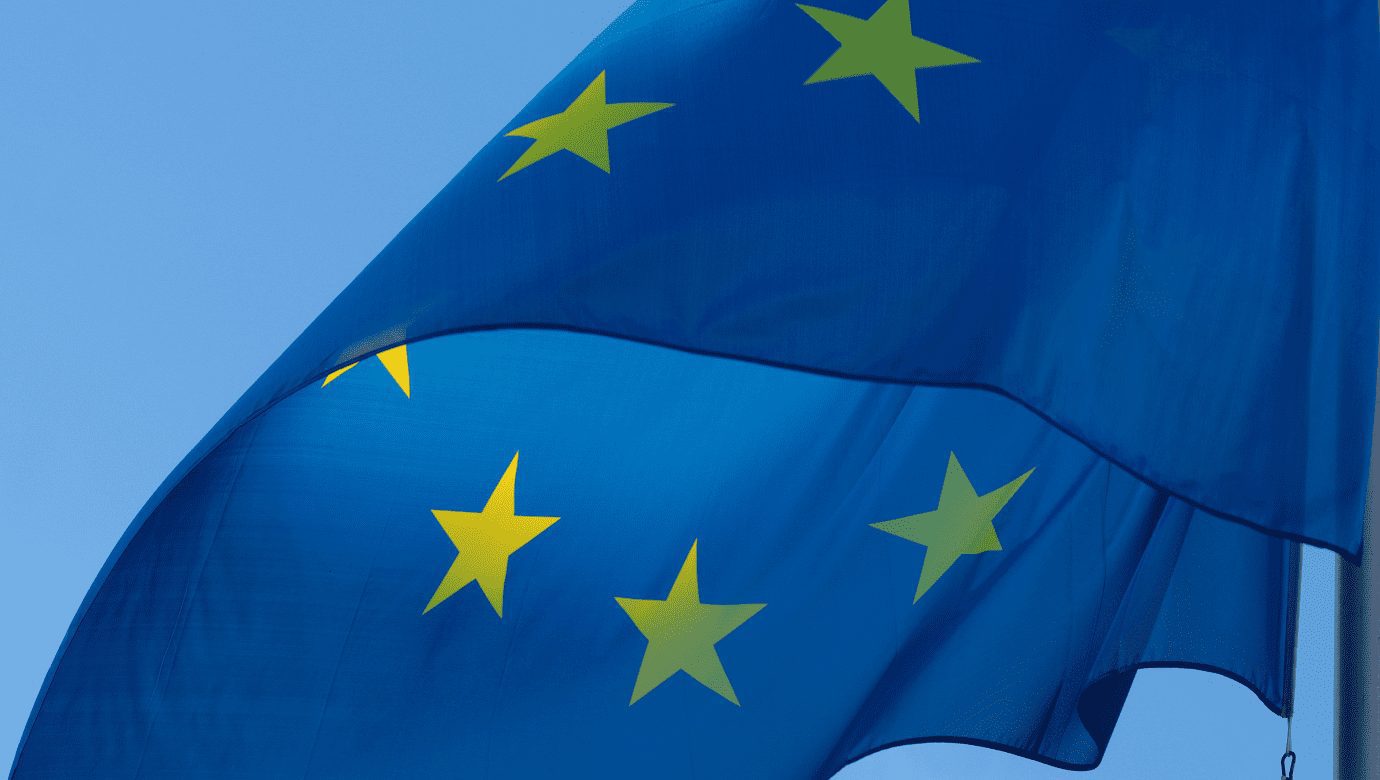Patrick Hansen, a top policy executive at Circle, foresees a surge in the usage of Euro-based stablecoins in the near future. Hansen highlighted that Euro stablecoin transactions currently make up 1.1%, a significant increase from almost zero a few years back. While USD-based stablecoins still dominate with over 90% of transactions, the trend is expected to shift as more issuers turn their focus to Europe and issue Euro stablecoins.
Anticipated Growth of Euro Stablecoin Usage
USDT, the largest stablecoin pegged to the USD, with a market cap exceeding $112 billion, is presently the market leader. Unlike volatile assets like Bitcoin and Ethereum, each USDT remains tied to the USD, offering stability. Additionally, irrespective of the issuing platform, USDT is theoretically backed by cash and equivalents like US Treasuries.

However, the slow pace of regulatory advancements regarding stablecoins in the United States poses a significant obstacle to their expansion. The SEC, under the leadership of Gary Gensler, has faced criticism for its stringent approach towards crypto companies, hindering growth in the sector.
Conversely, progress in the European Union has been more favorable. The Markets in Crypto-Assets (MiCA) regulation, set to come into effect on June 30, marks a milestone in regulating digital assets across EU member states.
Impact of MiCA Regulation on Circle and the Industry
Under the oversight of the European Securities and Markets Authority (ESMA), the MiCA framework aims to introduce order and transparency to the European crypto landscape. It mandates stringent regulatory standards for stablecoins issued by entities within the EU.
While the implementation is gradual, the initial deadline requires compliance from asset service providers and crypto businesses, including exchanges like Binance and Kraken, within the EU by June 30. Failure to adhere to these regulations may result in severe penalties or bans.
Hansen believes that the enforcement of MiCA will further bolster the stablecoin sector, potentially leading to a rise in the adoption of Euro-based stablecoins through 2024. By the end of 2024, all stablecoin issuers serving EU residents, regardless of their location, must meet strict capital and reserve requirements as outlined in the regulation.
As MiCA comes into effect, major exchanges like Binance and OKX have already taken steps to comply with the new regulations, demonstrating the industry’s readiness to adapt to the evolving regulatory landscape.


